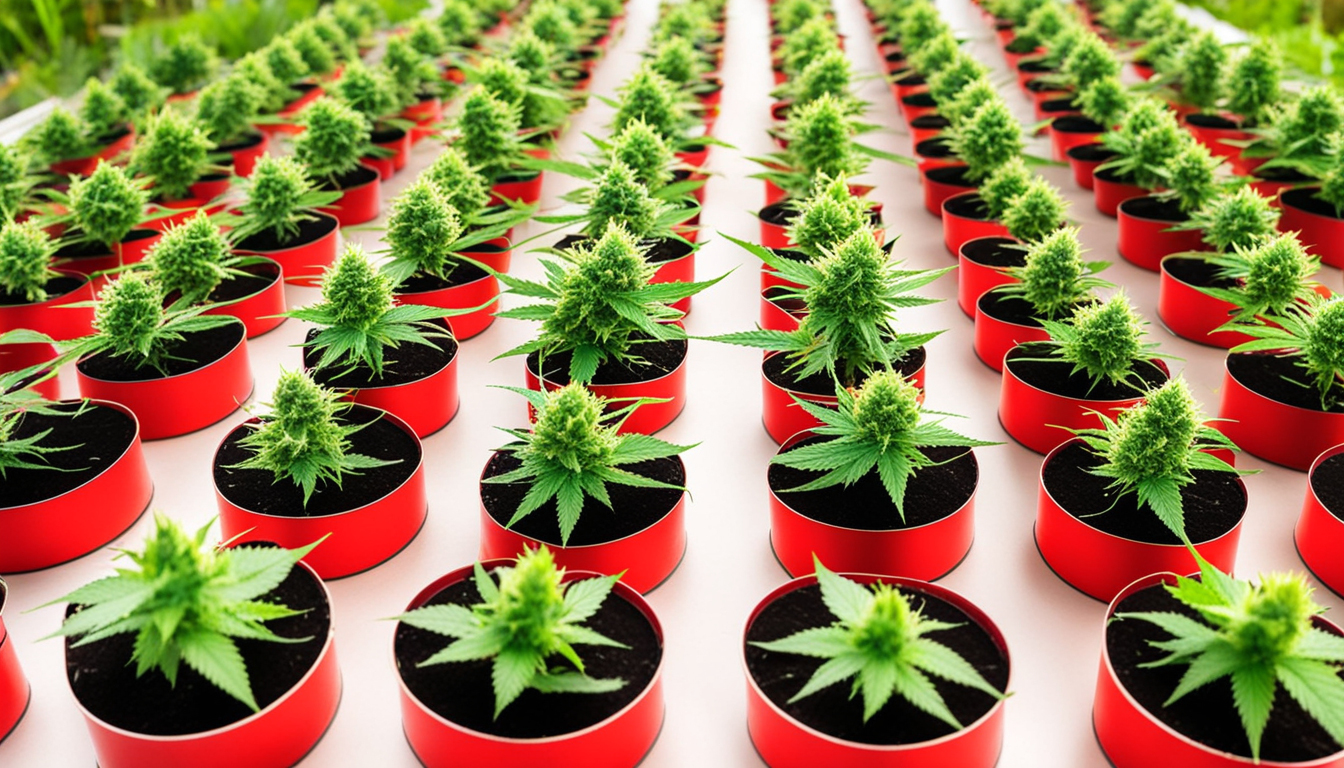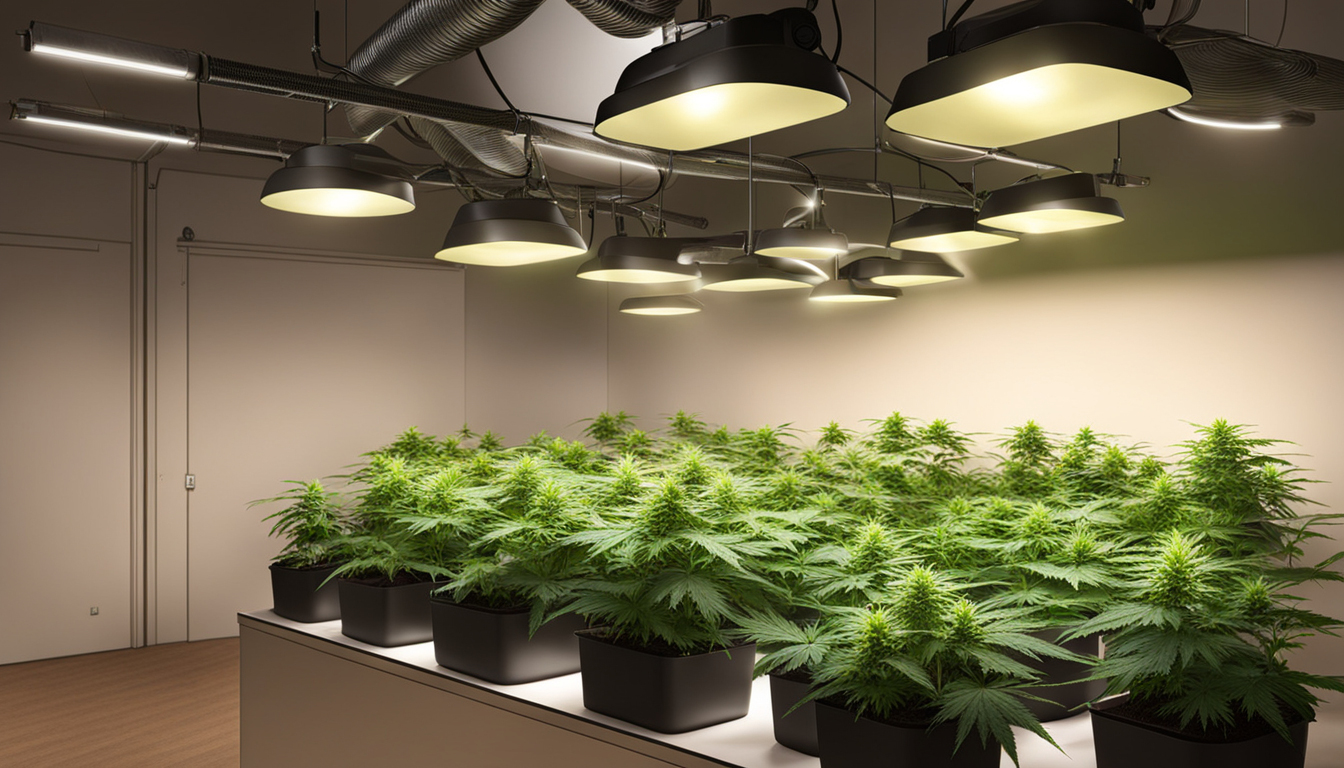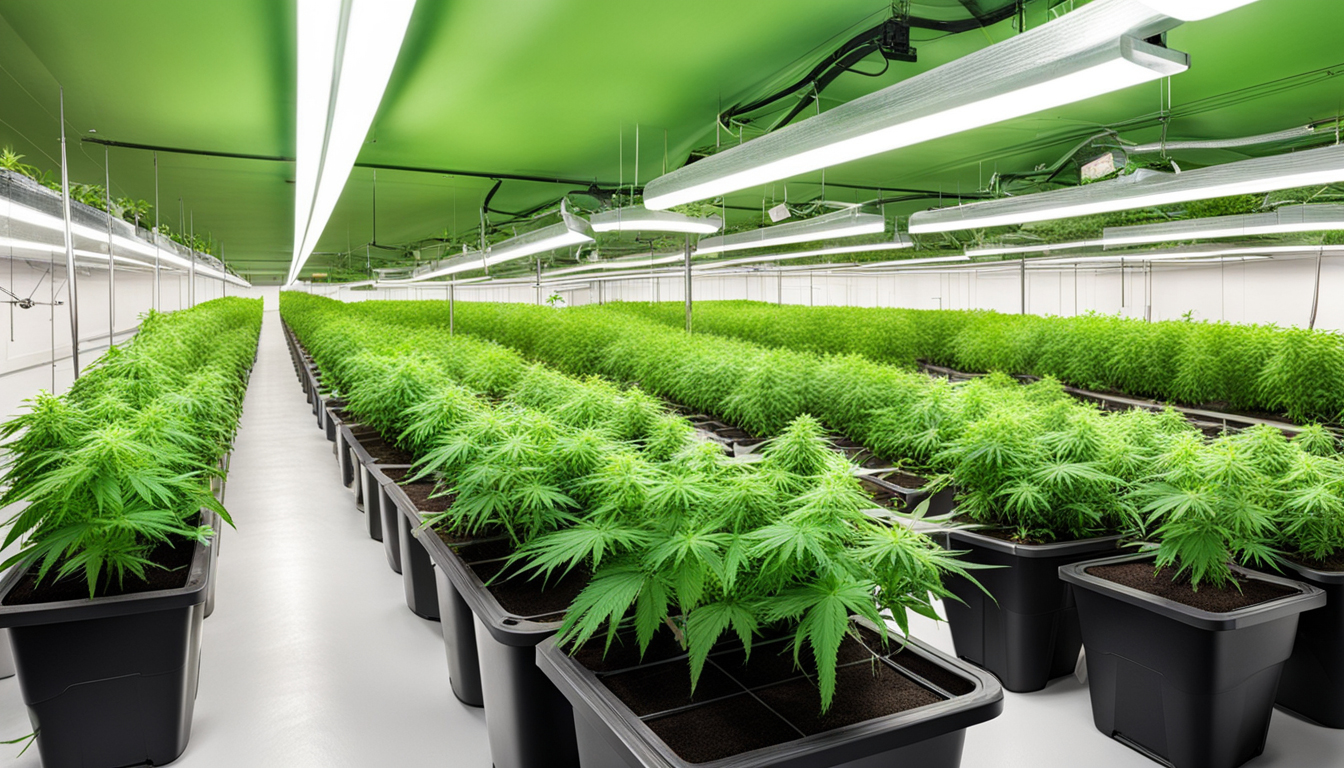
Whether you're new to marijuana production or looking to improve your existing grow, following this complete guide will help you produce big, high-quality yields right at home. With the right gear, strategies, and attention, growing weed indoors can be an extremely satisfying and cost-effective endeavor.
Choosing Marijuana Varieties
The first step in planning your indoor harvest is picking the right pot strains to cultivate. The three main types of weed plants each have their own traits.
Energizing strains
Known for their uplifting mental effects, these strains grow tall and slender with narrow leaves. They thrive in warmer equatorial climates and have a longer flowering time between 10-12 weeks indoors. Top energizing varieties include Sour Diesel, Durban Poison, and Jack Herer.
Indicas
Indicas provide calming body-focused effects and spread short and bushy with wide leaves. Accustomed to colder mountain climates, they bloom faster within 2-2.25 months. Popular relaxing varieties include Granddaddy Purple, Northern Lights, and Bubba Kush.
Hybrids
Hybrid strains blend traits from both sativas and indicas. They offer combined effects and have moderate flowering times around 2.25-2.5 months. Popular mixes are OG Kush, Girl Scout Cookies, and Blue Dream.

Setting Up Your Grow Space
Weed plants need the right controlled environment to flourish. Key factors for indoor grows are lights, airflow, layout, and finding the ideal discreet spot.
Location
Choose an unused space with easy access to water and power outlets. An empty extra bedroom, unused closet, corner of the basement, or cultivation tent locked away in a garage all make great hidden grow room spots.
Lighting
Pot requires powerful light for all vegetative stages. LED grow lights are energy-efficient and come in broad spectrum options replicating natural sunlight. Provide 250-400 watts per square foot for the vegetative stage and 400-600 watts per sq. ft. for flowering.
Airflow
Proper ventilation and exhaust systems keep ideal temperature, humidity, and pure CO2 levels. Set up quiet 4-6 inch blowers or carbon filters to refresh old air and eliminate odors.
Layout
Optimize your space by positioning plants strategically under the lamps and allowing room to access and work around them. Set up distinct zones for growth, flowering, drying, and cloning.

Cultivation Mediums
Marijuana can be grown in various mediums, each with benefits and cons. Pick a suitable option for your particular setup and growing style.
Soil
The traditional medium, soil is cheap and easy for new growers. It provides excellent flavor but needs more watering and nutrients to feed plants. Enrich soil with perlite or coir to improve drainage.
Coconut coir
Made from coconut husks, renewable coconut fiber retains water but still lets in air to the roots. It's cleaner and more predictable than soil. Use coir-specific nutrients to prevent calcium buildup.
Water systems
In hydro systems, plant roots develop right in nutrient irrigation solution. This allows quick growth but needs careful monitoring of solution properties. Deep water culture and irrigation systems are common methods.
Germinating Seeds
Sprouting prepares your weed seeds to start sprouting radicles. This readies them for planting into their cultivation medium.
Paper Towel Method
Put seeds between damp paper towels and keep them damp. Check after a week for emerging radicles showing germination is complete.
Planting directly
Insert seeds directly into wetted growing medium 6mm deep. Gently water and wait 1-2 weeks until sprouts break through the surface.
Cubic rockwool
Soak rockwool cubes in pH-adjusted water. Place seeds 1⁄4 inch deep into the cubes. Keep cubes moist until seedlings emerge within 1-14 days.
Repotting Seedlings
Once germinated, pot seedlings need to be repotted to prevent overcrowding. Move them into appropriately sized pots.
Ready Containers
Fill final containers with growing medium amended with time-released nutrients. Allow pots to absorb water for 8-12 hours before transplanting.
Gently repotting
Gently Request More Info separate young roots from germination medium using a spoon. Put into pre-soaked pot at same depth as before and lightly water in.
Growth Stage
The growth stage promotes leafy growth and plant form through 3/4 to full day of continual light exposure. This stage usually lasts 1-2 months.
Using 18-24 Hours of Lighting
Use lamps on a 24 hour cycle or natural sunlight to trigger nonstop growth. Lamp output influences height and internodal spacing.
Fertilizing
Use grow stage fertilizers higher in nitrogen. Make sure pH stays around 6.5 for full fertilizer uptake. Feed 1⁄4 to 1⁄2 strength after 14 days and strengthen slowly.
Training Techniques
Topping, low stress training, and scrogging manipulate growth patterns for even canopies. This increases yields.

Bloom Stage
The blooming stage grows buds as plants show their Learn More sex under a 12/12 light schedule. It lasts 2-3 months based on variety.
Switching to 12/12
Change lamps to 12/12 or place outdoors for natural 12/12 timing. This signals plants to start blooming.
Flushing
Flushing removes nutrient salts to enhance flavor. Fertilize weakly the first period then just use pH'd water the last 2 weeks.
Flushing
Maintain 12/12 light timing but flush using neutral pH water only. Return to plain watering if buds aren't mature after two weeks.
Reaping
Recognizing when cannabis is completely mature delivers maximum cannabinoid content and aroma. Harvest plants at optimal ripeness.
Identifying Ripeness
Look for fading pistils, swelling calyxes, and 5-15% cloudy trichs. Check buds across the plant as they won't all mature evenly.
Cutting Plants
Use clean, sharp trimming scissors to gently cut each plant at the base. Leave 5-10cm of stalk attached.
Drying
Hang intact plants or branches upside down in a dark room with moderate temp and humidity around 50-60% for 1-2 weeks.
Curing
Aging keeps drying while aging the buds like aged spirits. This process smooths bitterness and further develops cannabinoid contents.
Curing containers
Trim cured buds from stems and place into sealed containers, packing about 3⁄4 full. Use a sensor to monitor jar moisture.
Opening jars daily
Unseal jars for a short time daily to gradually lower moisture. Rehydrate buds if humidity goes under 55%.
Final Cure
After 14-21 days when moisture stabilizes around 55-60%, do a final manicure and store long-term in airtight jars.
Common Problems and Solutions
Even experienced cultivators run into various cannabis plant problems. Detect problems soon and address them correctly to maintain a vibrant garden.
Poor feeding
Yellowing leaves often signify insufficient nitrogen. Anthocyanins and leaves show low phosphorus. Check pH and boost nutrients slowly.
Pests
Thrips, aphids, fungus gnats, thrips, and nematodes are common marijuana pests. Use neem oil sprays, predator bugs, and sticky traps for natural control.
Powdery mildew
High moisture encourages botrytis and bud rot. Improve circulation and circulation while lowering RH under 50% during flowering.

Summary
With this complete indoor cannabis cultivation guide, you now have the info to cultivate bountiful potent buds for personal grows. Apply these techniques and techniques throughout the germination, growth, and bloom stages. Invest in quality equipment and closely check Send a Message on your plants. In time, you'll be rewarded with frosty aromatic buds you raised yourself under the patient guidance of your green hands. Happy growing